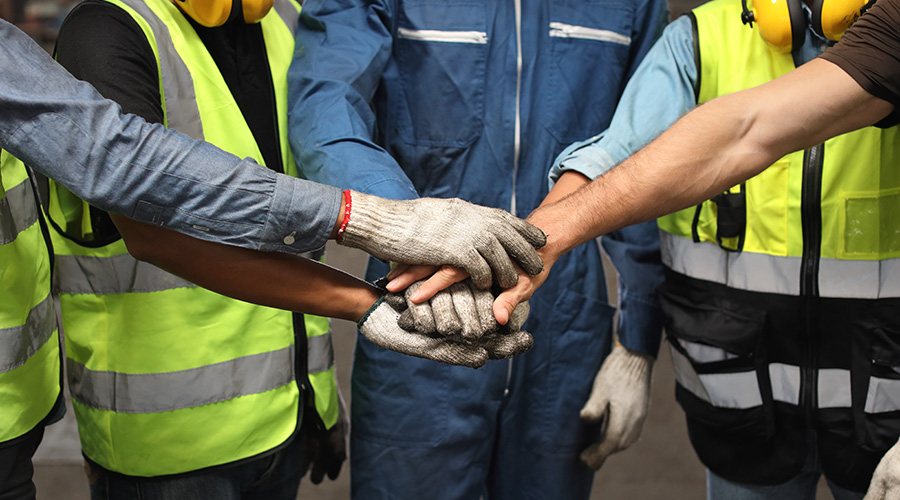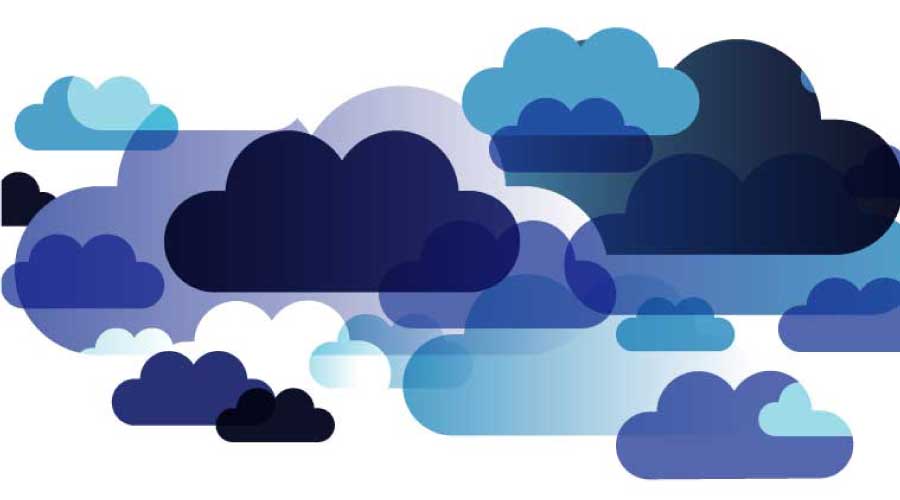Overcoming Biases for Facilities Success
Our biases affect the way we see the world and the way we make decisions.
By Laurie Gilmer, Contributing Writer
People fascinate me — how we think, why we do what we do, how we make decisions. It’s a subject I never get tired of.?
In the many conversations I have had with facility management teams over more than 20 years, one thing that repeatedly crops up is some version of this: “They don’t understand the value of what we do.” “They” in these discussions are typically the organization’s executives. For maintenance and engineering managers and their staffs, the misunderstood issue is invariably related to money — capital repair or replacement needs, staffing and training, to name a few.?
How do we — maintenance and engineering managers — get them — the C-suite — to understand the needs that seem so obvious to us??
The first step is to take a step back. Put yourself in executive leadership’s shoes. As top decision makers, what do they care about? What do they relate to? More broadly, what can we understand about how people think and make decisions that can help us communicate better??
Enter cognitive biases. Cognitive biases refer to the way a person understands events, facts and other people based on their own set of beliefs and experiences. These biases might not be reasonable or accurate. Our biases affect the way we see the world and the way we make decisions. Depending on the article or book you read, there are around a dozen of them. We are going to focus on four.?
?Spotlight on framing?
Framing refers to the way information is presented — specifically, the way different methods of presenting the same information can evoke different emotions, decisions and outcomes. This bias is used frequently in marketing. Think about “buy one, get one free” sales. A 50 percent off sale is technically the same thing, but getting something for free sounds much better. Another example is buying meat that is advertised as 85 percent lean vs. 15 percent fat. Grocery store owners understand that the former is far more appealing to us, and the labels bear that out.?
Framing is about conveying information in a way others can most easily relate to their own personal experience. The words we choose matter. In facilities, it is critical to understand what is important to the organization and align our words with that message.?
One facility manager I met years ago knew how to use this to great effect. As a facility manager in a production facility, he understood that framing projects in terms of reducing the risk to product loss helped decision makers understand. He was able to upgrade and improve systems throughout his facilities. When projects were completed, he continued to talk about the benefits so leaders could make the connection between the facilities department and organizational mission.?
?Eye on anchoring?
Anchoring is the tendency to rely on a mental estimate of what a number should be based on experience, not necessarily on current information or facts. One example of this is tipping suggestions. I recently got a receipt with three suggested values: 18 percent, 20 percent and 22 percent. The math had been conveniently done for me. Based on my experience and the restaurant’s suggestion, I validated my anchored value and completed my transaction.?
In facilities, we see the anchoring effect illustrated in financial decisions. We often anchor on the amount of time it takes to pay the investment back — the simple payback period. A facility manager once told me they went forward with anything that had a simple payback of two years or less. That approach might be fine for some decisions, but it ignores other methods, such as life cycle analysis.?
For the facility manager presenting proposals for projects, if the first number senior leaders see is the simple payback, they might instinctively reject the investment based on a presupposed cognitive bias. When presenting a business case, managers can re-frame it to avoid anchoring traps that could undermine a good recommendation.?
?Focus on focusing?
The focusing effect refers to our tendency to place too much emphasis on one aspect while ignoring others. Classic examples include focusing on price while ignoring quality and focusing on short-term benefits while ignoring long-term consequences.?
In facilities, we often focus on first cost. For example, take capital replacement of central plant equipment. We might focus on the first cost of the chiller while ignoring such considerations as efficiency, ongoing maintenance costs, ease of maintenance, quality of construction, additional support cost and availability of parts.?
The focusing effect is a difficult bias to avoid. But learning to look at and value the larger context can help keep the focusing effect in check.?
?Looking at loss?
Loss aversion refers to our interpretation of outcomes as gains or losses, and our inherent dislike of losing. We tend to value not losing more than we value what we can gain.?
A classic example is betting on the flip of a coin. If the coin comes up heads, you win $100. If it comes up tails, you lose $100. Would you take the bet? Most people would not. When the win increases significantly, more people will take the bet.?
How does this relate to facilities? This bias often translates to what happens if we do not take action. Think of a roof replacement project that keeps getting put off. Can technicians just keep making repairs? That approach might work for a time, but what is the risk??
In another example, a facility manager could not get funding for replacement of an old, leaky roof. It was a line item on the capital budget plan, and other things were more important. But this leaky-roofed facility housed some very expensive and critical equipment. A tarp protected the equipment from any water that might fall onto it.?
One day, a decision maker saw the tarp juxtaposed with the expensive equipment, and a light bulb went on. They were protecting important equipment with a flimsy tarp. A conversation occurred, and the roof replacement went forward.?
In that example, the facility manager used the loss-aversion bias to help the decision maker connect the dots between the leaky roof and the loss of critical equipment. The decision became easy.?
In another example, a facility manager needed to replace a cooling tower. The project had been delayed for quite some time because it was, after all, expensive. This particular cooling tower was on the top of a large building, and it was the only cooling tower in the system.?
While it would be a challenge to replace, the loss of the cooling tower would be an even greater challenge. Losing the cooling tower would mean losing cooling for the building. It was only when the facilities team spelled out the true consequences of a cooling tower failure to executives that the criticality of its replacement came into focus. The project was given a green light.?
We all have cognitive biases. It is the way our brains are wired. Understanding these biases can help us focus our message and connect with our decision-making leadership. When we put ourselves in the shoes of others, when we understand the way they think, and when we understand the biases we carry, we build a bridge for effective communication that ultimately enables good decisions to be made that will ensure facilities meet their mission.?
Laurie Gilmer is president and COO of FEA. Gilmer is past chair of IFMA’s Global Board of Directors, serves as IFMA's liaison to the Building Industry Decarbonization Collaborative and serves on the national visiting committee of Building Efficiency for a Sustainable Tomorrow Center.
Related Topics:












